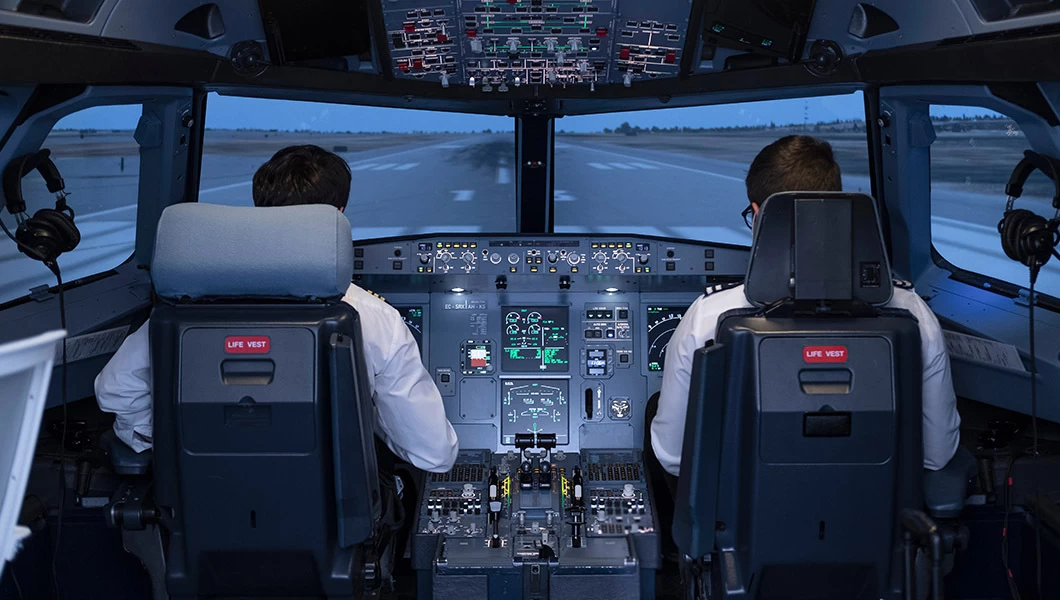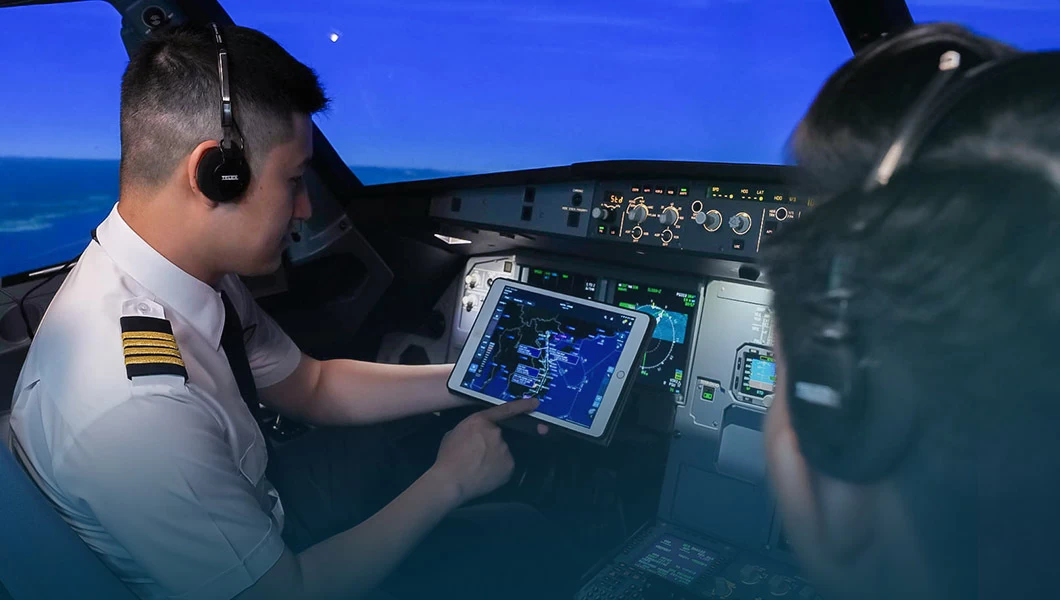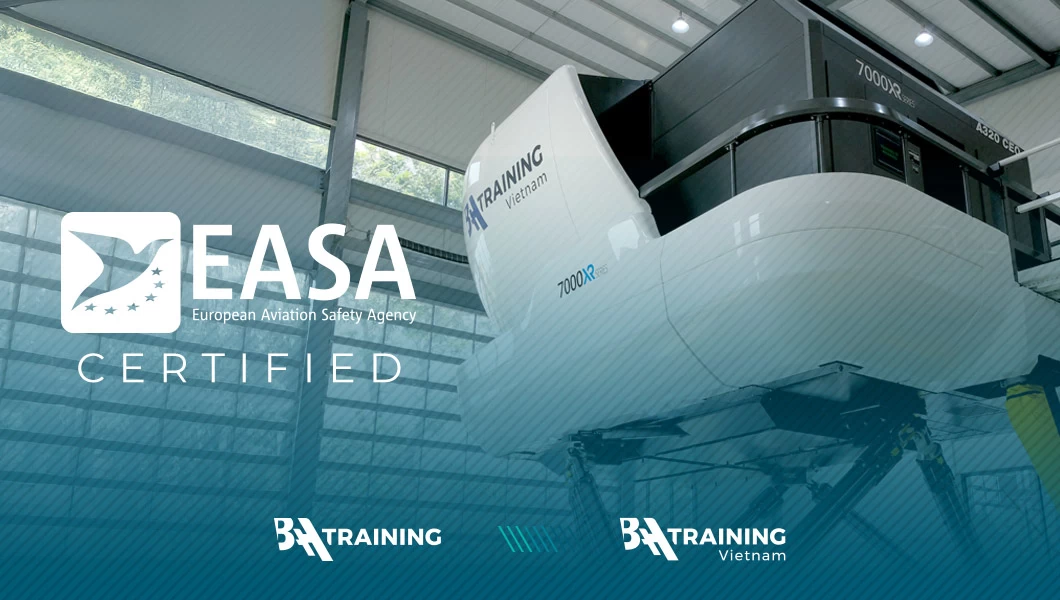Unfortunately for airline executives, traditional training programs are failing them, as quality varies drastically, and after a year or two, pilots are likely to leave for the competition. Cadet programs are becoming more and more popular with both low-cost and traditional airlines around the world, but what does it take to make it a worthwhile investment? Martynas Mazeika, Chief Sales Officer at BAA Training – a leader in aviation training solutions – shares his thoughts.
The quest for standardization in pilot recruitment
Hiring is a tough endeavor in any line of business. According to the Society for Human Resource Management (SHRM), the average cost per hire is almost $4,700 across the board. In aviation, while estimates vary, the number is bound to be higher, as the jobs require significantly more background checks, interviews, aptitude tests, and other tasks that eat into the time of HR professionals and recruiters.
“An airline that needs to add 40 recently licensed pilots to its roster might be looking at receiving anywhere between 600 and 800 CVs. Having candidates is, of course, better than not having them, but there is another issue. In that pool, you will have a very mixed bag regarding experience and training. So, after you fill the roles, you will have to make sure everyone – from people who only flew Cessnas to graduates of top flight schools – is up to the same standard,” says Martynas Mazeika, Chief Growth Officer at BAA Training.

Knowing that standardization might be an issue, more and more airlines are setting up cadet programs with flight schools. Having an entire cohort go through the exact same training program helps set and maintain uniform standards. The drawback of this approach is that it requires some advance planning on behalf of the airline.
“Initial pilot training takes 18-20 months to complete, so airlines setting up a cadet program today are effectively preventing the issue of pilot shortage arising two years in the future. Of course, not every airline is able to plan ahead due to the unpredictability of their business, but for larger, more established carriers, this rarely poses a challenge,” Martynas adds.
Planning in advance and training new pilots in cohorts has other benefits as well. For instance, the airline can agree to a fixed salary for the first several years of flying. Brand loyalty plays its role, too. Having been in contact with the airline since the first weeks of training, the pilots are more likely to stay with the company for longer.
Tailoring starts at the assessment
According to different estimates, 60-80% of would-be pilots drop out of flight school. Some find the costs prohibitive, and others realize that the profession is simply not for them. Prudent assessment and a willingness to be selective make a difference.
“In our case, cadets are interviewed by the very same people who recruit pilots. While psychometric assessments and math and physics tests are necessary steps in almost all flight schools, we pay special attention to the candidates’ motivation. At BAA, we turn down almost half of all applicants, even if they have the means to finance their own studies,” Martynas Mazeika explains.
Similar ARTICLES
Another crucial element of tailored cadet programs is the introduction of Diversity, Equity, and Inclusion criteria. As more and more airlines around the world, including LATAM, Qantas, and United, are pushing to increase their female cadet intake in the coming years, flight schools can help them meet their goals. Without considerable focus on this area, it would arguably be difficult to break the 5% barrier.
“An airline is free to set the threshold it desires, and then it is up to the flight school to make sure that the cadet pool’s composition matches the criteria. There is added complexity to the process, but with a trusted partner, the airline can sit back and focus on what they do best – flying passengers and cargo. At our company, we have a dedicated team dealing with applicants, and we are happy to include our partner airlines’ instructors in the process when it is appropriate,” Martynas says.
Airlines should be more discerning about flight schools

No matter if selecting a partner for cadet programs or Type Rating courses, there are certain criteria that airlines should be checking for. The first of them is the instructor-to-student ratio, which in some schools might be as high as 1:12. For programs run by BAA Training, on the other hand, the ratio rarely exceeds 1:5.
Your PILOT CAREER
starts with a first click
“Even before the pandemic, flight schools around the world were struggling with staffing. And while some have managed to return to somewhat decent numbers of instructors, smaller schools might not have the resources to provide each student with the individual support they need,” Martynas explains.
Another crucial aspect is the availability of adequate and up-to-date aircraft and flight simulators. Some schools rely mostly on aging fleets of analog cockpit aircraft, which means that the cadets do not get enough comprehensive instrument practice. At the same time, airlines with specific environmental goals ingrained in their strategy might want to have a program balanced more towards simulator sessions (like the Multi-pilot license or MPL). In this case, there is less needless fuel consumption, while future pilots get to spend more time learning cockpit instruments and training in challenging scenarios.
“Taking into account the different needs of our partner airlines, we strive to strike a balance between simulators and training aircraft. Curiously, the latter is also becoming more difficult to obtain, but last year, we placed an order for 48 Cessna 172 Skyhawks. Our training bases are also equipped with the latest full-flight simulators, including four Boeing 737 NGs, one Boeing 737Max, and nine Airbus A320s,” Martynas says.
BAA Training has pilot training centers in Spain, France, Lithuania, and Vietnam. Currently, the company’s primary flight base is at Lleida-Alguaire International Airport. BAA Training is part of the Avia Solutions Group family, the world’s largest ACMI (Aircraft, Crew, Maintenance, and Insurance) provider, with a fleet of 213 aircraft. The group also provides a range of aviation services, including MRO (Maintenance, Repair, and Overhaul), ground handling, and various associated services. Supported by 12,00 highly skilled aviation professionals, the group operates worldwide.
















